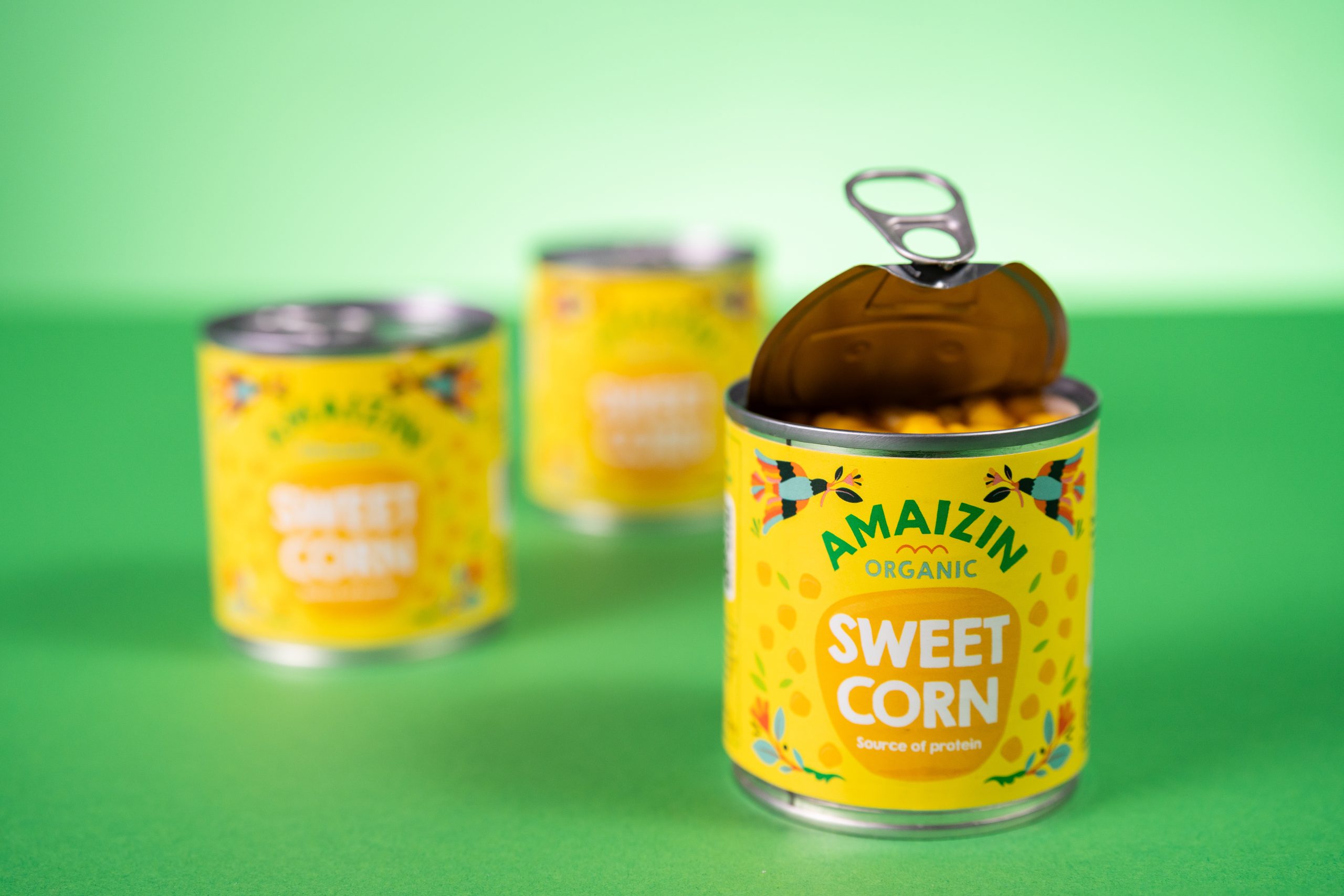
Have you heard of the Clean Fifteen™ and the Dirty Dozen™? These two terms refer to the fifteen ‘cleanest’ and the twelve ‘dirtiest’ types of conventional fresh produce that a yearly pesticide test ranks. As lists they’re quite popular and they can be useful when produce-shopping. Just be sure to consider the following…
The Environmental Working Group (EWG) is an independent American non-profit organisation consisting of scientists, policy experts, lawyers and communication and data experts advocating for consumers’ and environmental health. Their areas of expertise include pesticides, agriculture, food and water. Every year they present their extensive analysis of tests conducted by the U.S. Department of Agriculture and Food and Drug administration. With this data EWG can chart which twelve fruits and vegetables contain the largest number of pesticides (aka the Dirty Dozen™), and which fifteen contain no or very low pesticide residues (aka the Clean Fifteen™). To European readers we would like to emphasize that these numbers apply to foods in the United States of America. Also, all tests were done after peeling or scrubbing and washing the produce samples – the way you would normally consume them at home.
Alright, bring it on
Brace yourself (if you live in America), because sadly leading the Dirty Dozen™ ranking in 2024 is a true fan-favourite: strawberries. At number 12 are green beans, and in between you’ll find a whole slew of other produce that should be greatly enjoyed by many but unfortunately are tainted with numerous proven or potentially harmful pesticides.
This is the 2024 Dirty Dozen™ list of U.S.A. fruits and vegetables that were most contaminated with pesticides:
What are American consumers better off buying?
The fifteen items on the 2024 Clean Fifteen™ list, that had the lowest amount of pesticide residues:
But Europe is not America, so where does that leave me?
We’d like to point out that there are different rules and regulations for pesticide-use in Europe. But the terms Clean Fifteen™ and Dirty Dozen™ are quite popular and we wanted to describe what they refer to. Mostly, we think it’s important that all consumers make informed choices when it comes to food-shopping, and always check if sources are trustworthy.
All tests were done after peeling or scrubbing and washing the produce samples – the way you would normally consume them at home.
And what should I add to my shopping cart?
There are lots of excellent fresh things that fit well in a healthy and fun food pattern, especially if you buy organic. Everyone should eat more fruits and vegetables, whether organic or not, but you can really make a difference if you choose for the wellbeing of the planet and your own health. Take for instance our Amaizin canned sweetcorn. Even in the U.S., conventionally grown sweetcorn is listed high up in the Clean Fifteen™. So, you might wonder ‘then why buy organic?’ Because, again, it’s so good for you and the planet and little changes added up can make a big impact. Pesticides used in conventional agriculture might not penetrate the protective husk of a corncob easily, but they can very well spread to nearby other crops. What might also be of interest to you: our corn is never genetically modified.
Let’s grab a can and go!
Good times ahead in the kitchen with our Amazin sweetcorn: the packaging alone is already fun, right? These vibrantly coloured kernels can brighten up a whole array of dishes and give them a nutritious boost. How about adding them to an Asian-inspired, coconut-brothy bowl of noodles? Or an aromatic curry with spices, sweet potato and tofu or lentils? And you simply cannot prep a taco fiesta without a bowl of these fresh, snappy and cool kernels. So come on ahead and join our world of flavour!
